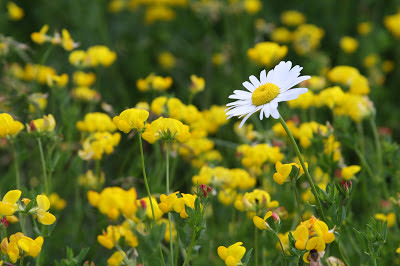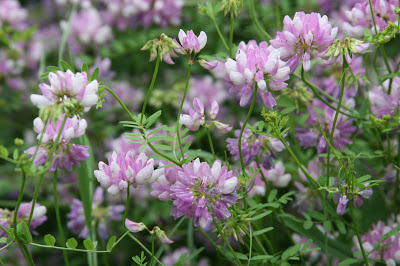Today, at 1:04 AM EST, Spring ended and Summer began in the Northern Hemisphere. The moment this happens is known as the Summer Solstice. The word Solstice comes from the Latin words
sol (sun) and
sistere (to stand still).
Today the sun has reached its highest position in the northern Sky, giving us our longest day of the year.
The Earth rotates around its axis approximately once every 24 hours.
However this axis is tilted at 23.5 degrees from the vertical. The
points on the globe that the axis revolves around are referred to as the
North and South Poles. The axis is always pointed toward the same
location in the sky. The North Pole points toward the "North Star" -
Polaris.
As the earth revolves around the sun, sometimes the North Pole is closer
to the sun, sometimes the South Pole is closer to the sun. When the
North Pole is at its closest, we experience Summer in Mid-Michigan and
the Southern Hemisphere experiences Winter. When the North Pole is at
its furthest, we experience Winter and the Southern Hemisphere
experiences Summer.
If you were to arise at dawn every day of the year and record at which point on the horizon the sun rises from you would be able to track the progression from the Summer solstice (in which the sun rises furthest North) to the Winter Solstice (in which the sun rises furthest South) and back again. Tracking the postion of the rising sun was one of the earliest astronomical observations. Many ancient monuments were constructed to act as solar observatories, recording the longest and shortest days of the year.
In honor of the Solstice...
 |
| A sunflower (photograph by Shara LeValley) |












.jpg)





.jpg)


+1.jpg)

.jpg)
.jpg)










+1.jpg)
+1.jpg)


+3.jpg)
+1.jpg)






.jpg)

.jpg)

+1.jpg)
.jpg)
.jpg)


.jpg)







+and+bee.jpg)
+2.jpg)

